Subdividing land in Australia can be a complex and costly process. The cost of subdividing land in Australia depends on various factors, including the size of the land, the location, the type of subdivision, and the local council’s requirements.
Subdivision can range from a simple split of land into two lots to a complex development involving multiple lots and a range of infrastructure and services.
This article explores the costs associated with subdividing land in Australia, including the various charges and processes involved and determining if it’s the right decision for you.
What’s Subdividing Land?
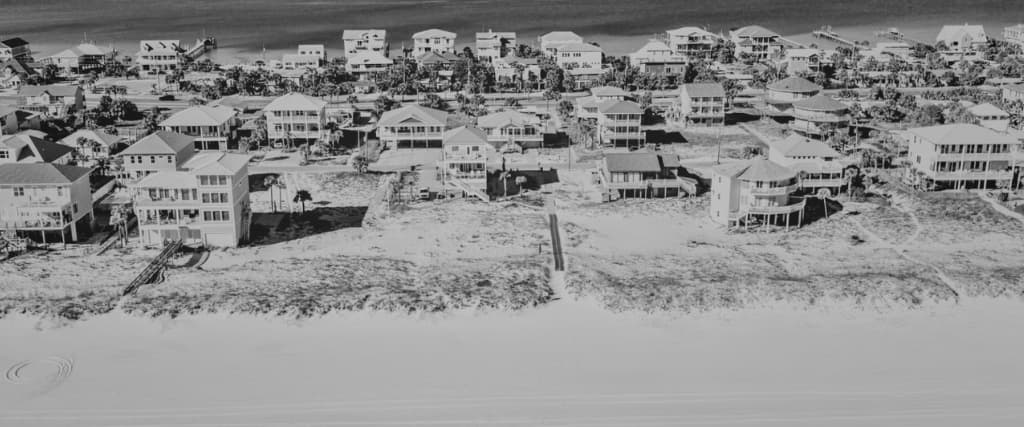
Subdividing land means dividing a larger parcel into two or smaller lots. Land subdivision involves obtaining approval from the relevant local council or governing body and complying with various regulations and requirements.
Subdividing land can be done for various reasons, such as to create new housing lots, sell off portions of a property, or separate land for different uses. This process can be complex and often involves engaging the services of professionals such as town planners, surveyors, and engineers.
Subdividing land can offer many benefits, including the potential for increased land value, greater flexibility in land use, and the ability to create new housing options. However, it’s important to note that subdividing land can be costly.
Therefore, before subdividing land, consider the potential costs and benefits and seek professional advice.
Land Subdivision Costs in Australia
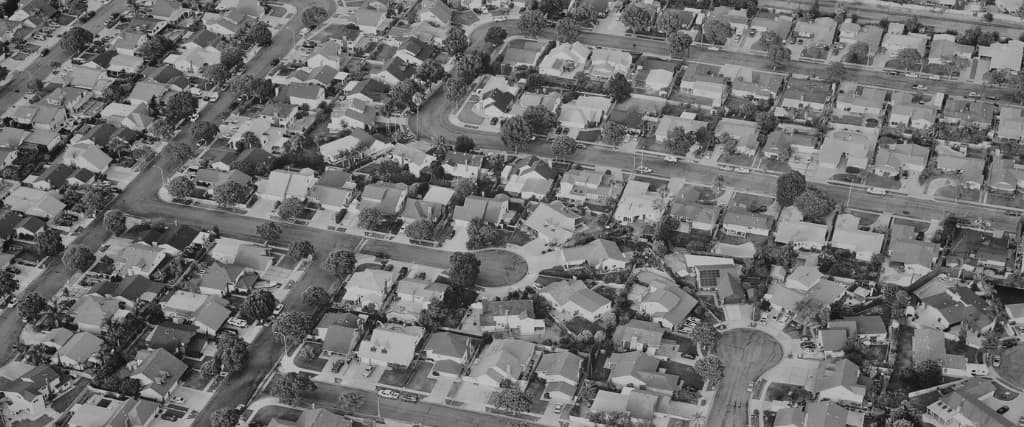
The cost of subdividing land in Australia can vary widely depending on several factors, such as the land’s location, the subdivision’s size, the type of development to be carried out, and the requirements of the local council or governing body. Generally, the cost of subdividing land includes various charges, such as:
- Application fees: These are paid to the local council or governing body when applying for permission to subdivide the land.
- Surveying fees: These are paid to a licensed surveyor to survey the land and prepare a subdivision plan.
- Planning fees: These cover the costs associated with the preparation and lodgment of planning applications.
- Development contribution fees: These are paid to the local council or governing body to help fund infrastructure and services required due to the new development.
- Infrastructure fees: These are paid for constructing new infrastructure, such as roads, water, and sewerage services.
The land subdivision costs in Australia range between $30,000 and $9000. To get a more accurate estimate of the price of subdividing land in Australia, let’s look at the costs depending on the state:
1. New South Wales
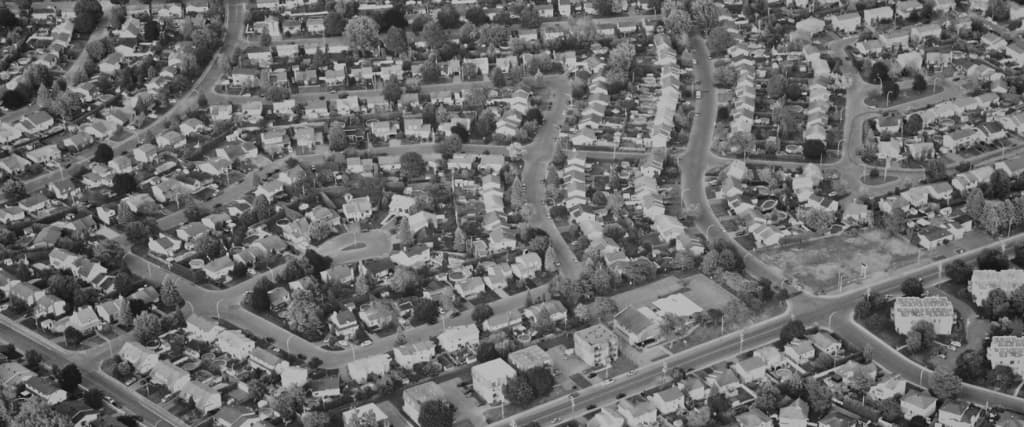
It costs a minimum of $50,000 to subdivide land in this state. Here’s a breakdown of the various charges involved:
- Development application costs: $655 plus additional charges for every additional lot
- Construction costs: Ranges between $1780 and $51000 for each square metre
- Developer infrastructure costs: Approximately $5000 for every dwelling
- Surveying charges: Range between $2500 and $5000
- Planning charges: Range between $2000 and $5000
There are also other mandatory charges and plan sealing fees.
2. Queensland
The land subdivision costs in Queensland range between $60000 and $90000, and the charges include the following:
- Infrastructure fees: roughly $28,000 per lot;
- Town approval and planning: about $10,500;
- Construction: $43,500-$58,500;
- Plan sealing: $7,950.
There are other charges involved that vary depending on the site.
3. Victoria
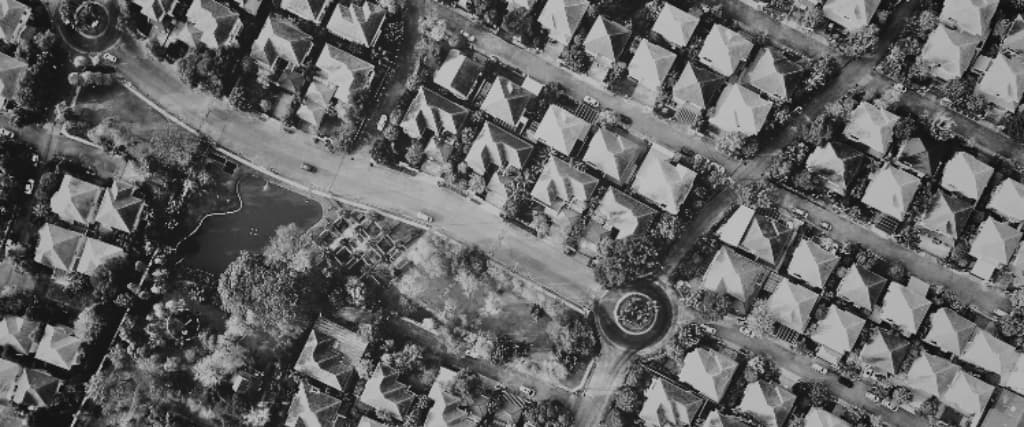
For those in Victoria, the cost of subdividing land ranges between $30000 and $50000 and the charges include:
- Surveying and planning fees: approximately $450;
- Authority contributions: typically, 5% of the land’s site value
- Utility and access charges: vary based on location
- Other charges, e.g. underground water installation or tree removal: around $43000
4. Western Australia
Subdividing land in Western Australia ranges between $50000 and $90000, and it involves fees such as:
- Surveying and town planning: from $7000 to $10,000;
- Landgate and WAPC fees: from $3,350 (Clearance fees, +GST, WAPC Endorsement Fees, Lodgement of DP at Landgate)
- Utility fees: sewage costs $2,500, water supply costs $6,500 for every lot and power supply costs between $4,000 to $5,000
- Demolition costs: approximately 20k
- Subdivision site charges: vary depending on the contractor
5. South Australia
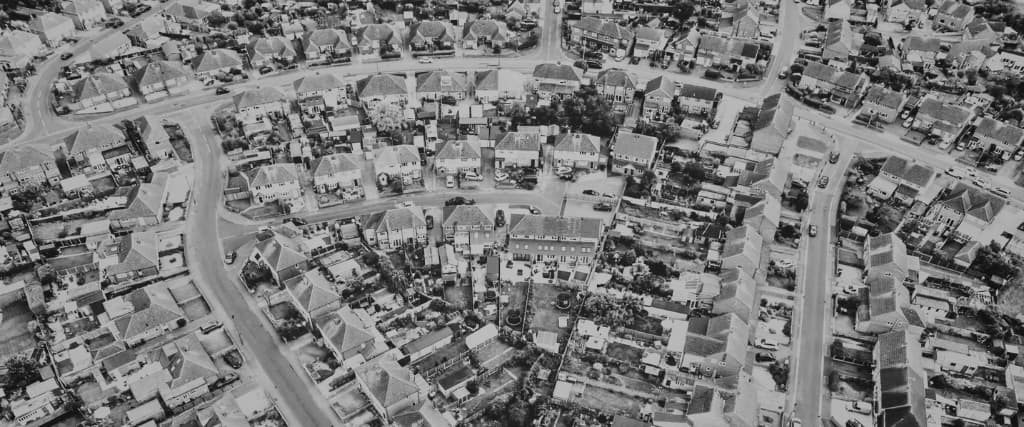
Land subdivision costs in South Australia range between $30000 and $35000 and include charges like:
- Lodging and conveying documents at the Land Titles Office: approximately $7,000;
- Surveyor charges: around $90 and $170 every hour;
- Construction designer: between 3-5% of the construction costs;
- Demolition charges: around $52/m2
Other costs you’ll have to cover include power, sewage, and water supply. Depending on the lot’s location and whether you’re subdividing the land into two or more lots, you must pay other charges. Subdividing the lot into more than two lots costs more.
Covering Land Subdivision Costs
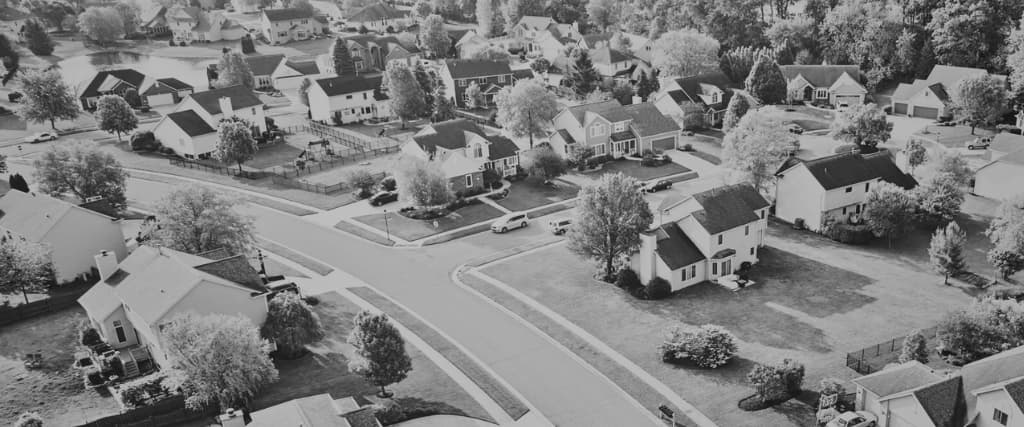
Subdividing is a significant financial undertaking, and covering the costs can be challenging for many people. However, there are several ways to finance the subdivision process and cover the associated costs, such as:
- Self-finance: If you have the necessary funds, you can finance the subdivision process yourself by paying for the required charges, including application fees, surveying fees, planning fees, development contribution fees, and infrastructure fees.
- Loan: You can consider taking out a loan to cover the costs of subdividing land. This can be in the form of a bank loan or mortgage, where you borrow money and repay it over time with interest.
- Joint venture: You can enter into a joint venture agreement with another party, such as a property developer or investor, to share the costs and risks of subdividing land.
- Sale of property: You can sell off the property to cover the costs of subdividing. This can be a good option if you have excess land that is not needed or want to liquidate some assets to finance the subdivision process.
- Government grants: In some cases, there may be government subsidies available to help cover the costs of subdivision, particularly for certain types of development, such as affordable housing or environmentally sustainable projects.
Each financing option has advantages and disadvantages; the most suitable option depends on your specific circumstances and goals. Therefore, seek professional advice from a qualified financial advisor or property expert to help you evaluate your options and make an informed decision.
Loan Options for Covering Land Subdivision Costs

- Land subdivision loan: This loan is designed to help finance the subdivision of land. It can cover the application costs, surveying, planning, development contribution, and infrastructure fees.
- Construction loan: This is the best loan for individuals intending to develop the subdivided land.
- Equity loan: You can use the equity in your existing property to secure a loan to cover the costs of land subdivision. This is an excellent option for people with significant property equity who don’t want to take out a separate loan for the subdivision costs.
- Personal loan: Consider taking out a personal loan to cover the costs of the land subdivision. However, this type of loan may have higher interest rates and shorter repayment periods than other loans.
- Business loan: If you plan to develop the subdivided land for commercial purposes, consider taking a business loan to cover the development costs.
Guide To Subdividing Land in Australia

Subdividing land in Australia involves several steps and can be a complex process. The steps d may vary depending on the location and specific requirements of the local council.
Nevertheless, the general steps involved in subdividing land in Australia are as follows:
- Prepare a subdivision plan
- Lodge the subdivision plan to the local council
- Pay all the necessary charges
- Seal the plans
- New titles will be issued once the plan is registered.
The subdivision process can take several months or years, depending on the complexity of the development and the local council’s requirements. Seek professional advice from a qualified town planner or surveyor to guide you through the subdivision process and ensure compliance with local regulations.
Reasons for Subdividing Land

1. To Increase its Marketability
When a large parcel of land is subdivided into smaller lots, it can become more attractive to potential buyers or developers who may have yet to be interested in the larger parcel. By subdividing land into smaller lots, the price of each lot may become more affordable, making it accessible to a broader range of buyers.
2. For Financial Gain
Subdividing land can increase the property’s overall value, as each lot can be sold or developed separately, potentially increasing the overall value of the land. It also creates the potential for additional income streams, as each lot can be rented or leased out to generate rental income.
3. Downsizing
Subdividing land can be a useful tool for downsizing. It allows property owners to separate a portion of their land into smaller parcels that can be sold or developed separately. If you’re finding it challenging to maintain a large property, subdividing it allows them to downsize to a smaller property that requires less maintenance.
Risks Involved in Subdividing Land
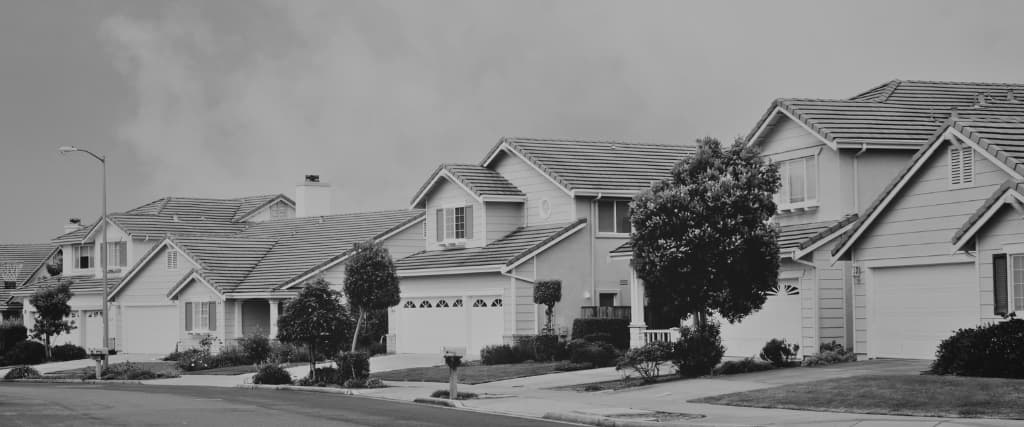
- The subdivision process is subject to local council laws, which can be time-consuming and complicated. If you don’t comply with these laws, it’ll lead to delays, fines, or legal action.
- Unexpected costs can arise during the process, such as legal fees, surveying, and development costs. Ensure that they have a clear understanding of the costs involved and have a contingency plan in place to cover unexpected costs.
- The demand for land is subject to market volatility, and the value of subdivided land can fluctuate based on market conditions. Before subdividing the land, consider the market demand and conditions.
- The planning and design of the subdivided lots can also impact the success of the subdivision. Poorly planned or designed subdivisions may not be marketable, which can result in a loss of investment.
- If the subdivision involves the construction of new buildings or infrastructure, construction issues can arise that may impact the success of the subdivision. These issues can include delays, cost overruns, and construction defects.
- Land subdivisions can have environmental impacts, such as soil erosion, vegetation removal, and habitat destruction. Ensure you comply with environmental regulations to minimise negative impacts on the environment.
- Subdividing land can result in title issues, like encroachments, boundary disputes, or zoning issues. Make sure all title issues are appropriately addressed before proceeding with the subdivision.
Bottom Line
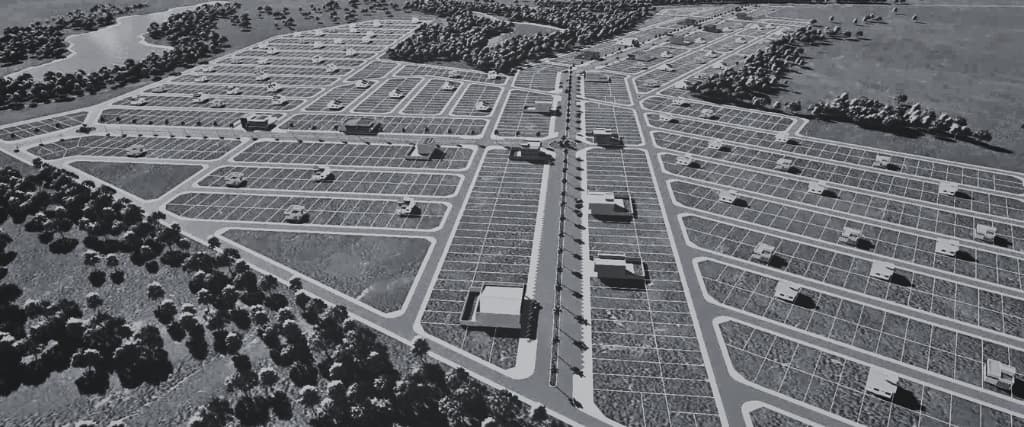
Subdividing land can be complex that requires careful consideration of a range of factors, including the subdivision’s location, size, and complexity. While there are risks involved in subdividing land, the potential benefits of the process can make it a worthwhile investment for property owners.
Ultimately, the decision to subdivide land should be based on carefully analysing the costs, risks, and potential benefits involved. Additionally, you should seek professional advice and do your due diligence before proceeding with a subdivision.
Frequently Asked Questions
1. How can one locate their boundary pegs?
You can find your boundary pegs by checking your property title, looking for physical markers along your property line, consulting a licensed surveyor, or checking with your local council for details on your property’s boundary.
2. What’s the cost of land subdivisions in New Zealand?
The land subdivision costs in New Zealand range between 120000 and 150000 NZD, translating to 108500 and 165678 AUD. This means it’s more expensive to subdivide land in New Zealand.
3. Do I need to pay council fees to subdivide land?
Yes, property owners are typically required to pay council fees when subdividing land. These fees can vary depending on the local council and the size and complexity of the subdivision.
4. Are there any hidden costs involved in subdividing land?
Yes, hidden costs may be involved in subdividing lands, such as infrastructure costs, legal fees, and unexpected development costs. Property owners should carefully consider all the potential costs involved and seek professional advice to ensure they are fully informed about the process.
5. Can I save money by doing the subdivision myself?
Property owners aren’t recommended to attempt the subdivision themselves, as it can be a complex and risky process requiring specialised knowledge and expertise. Hiring licensed professionals, such as surveyors, town planners, and lawyers, is essential to ensure that the subdivision is done correctly and complies with all regulatory requirements.